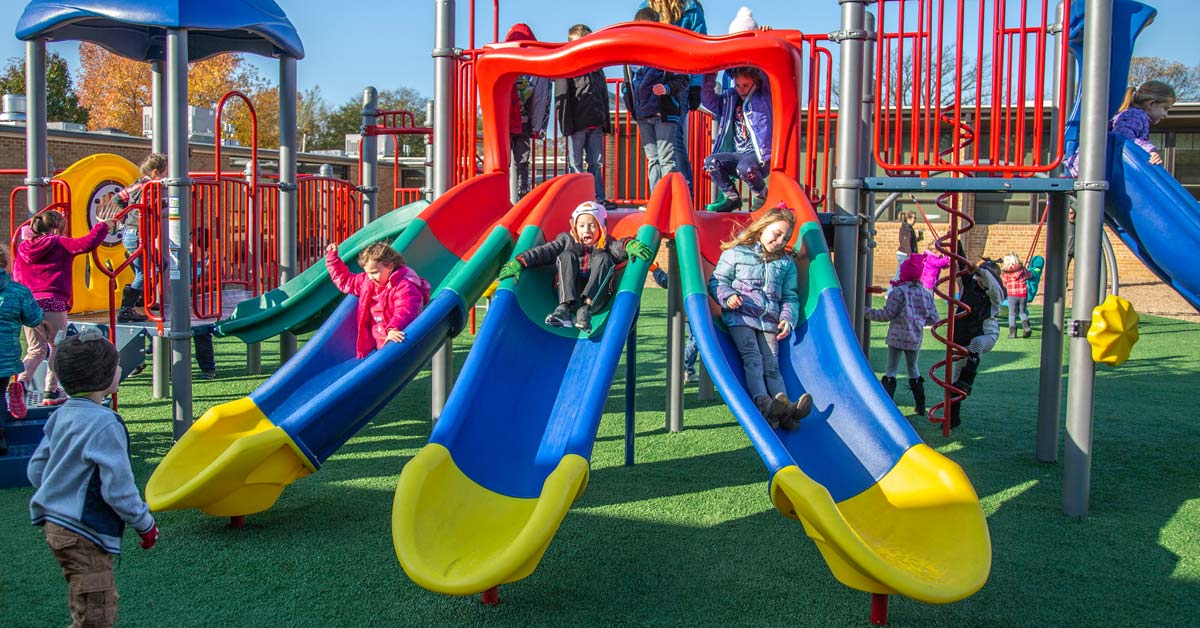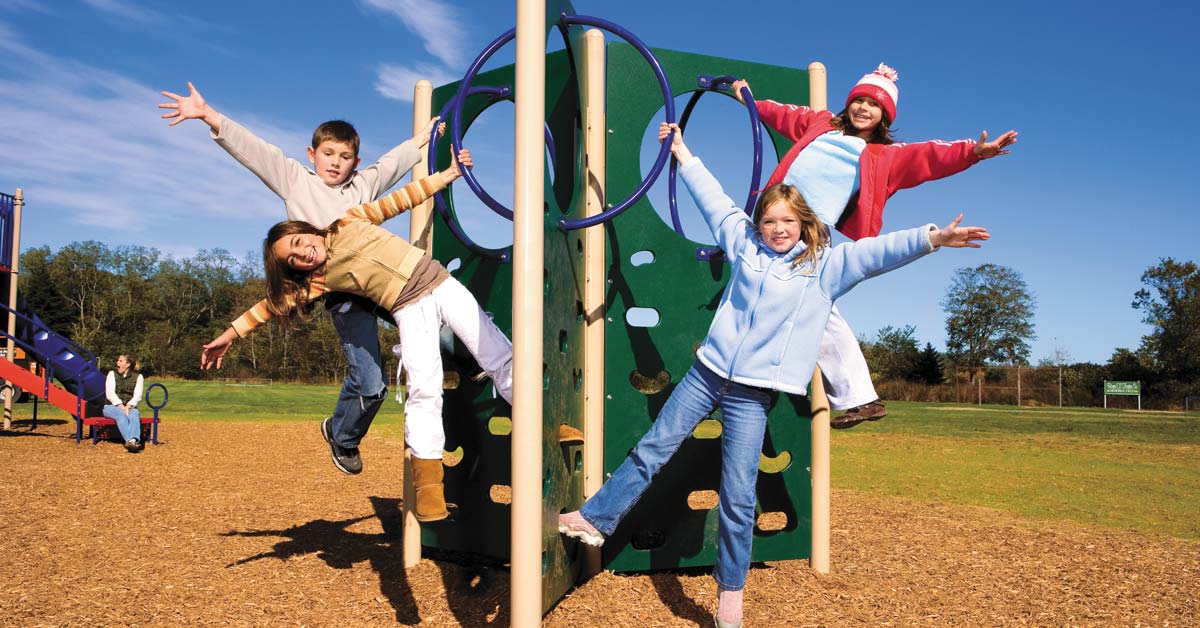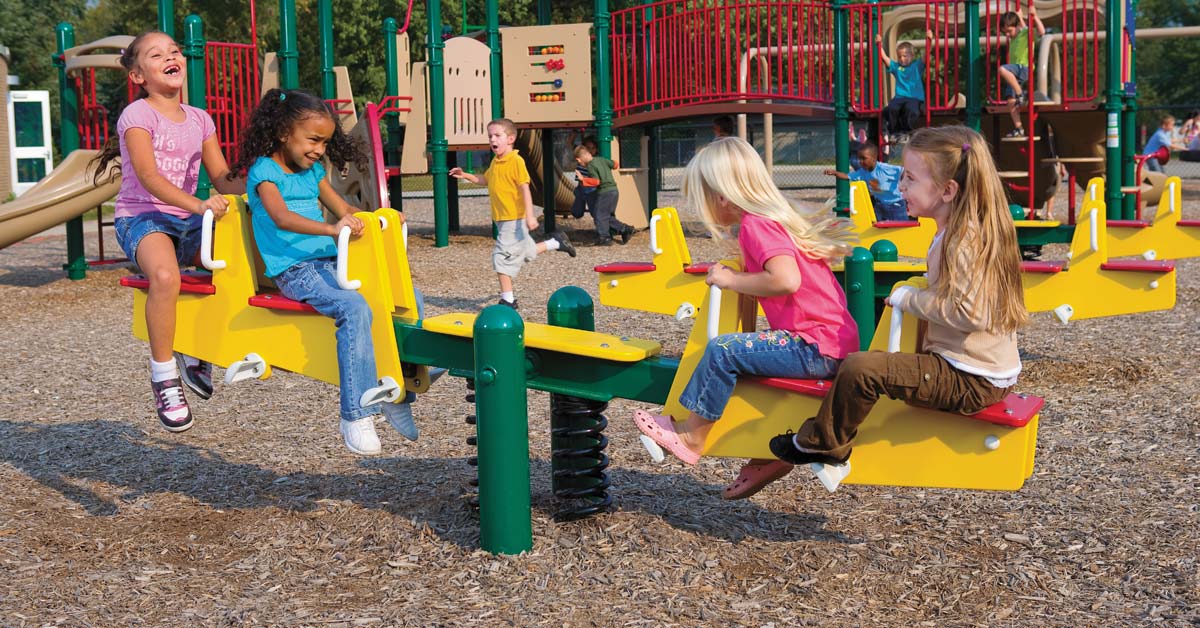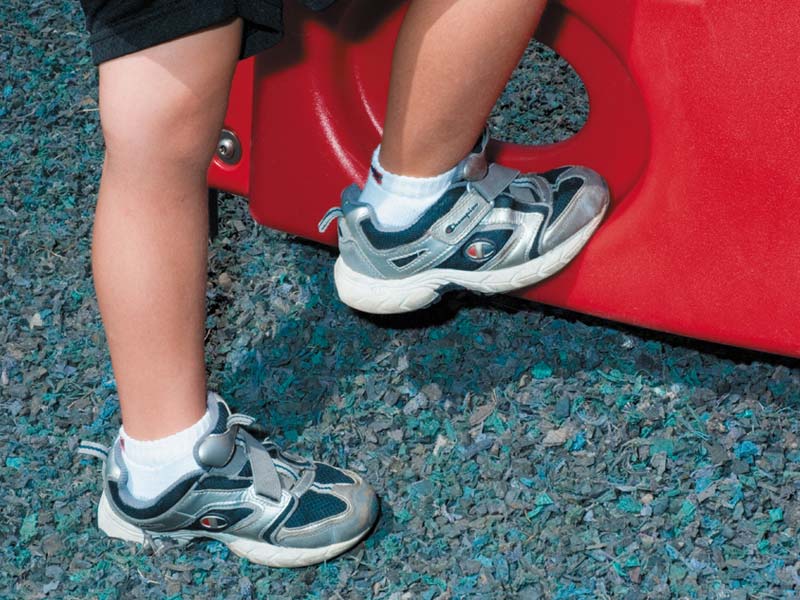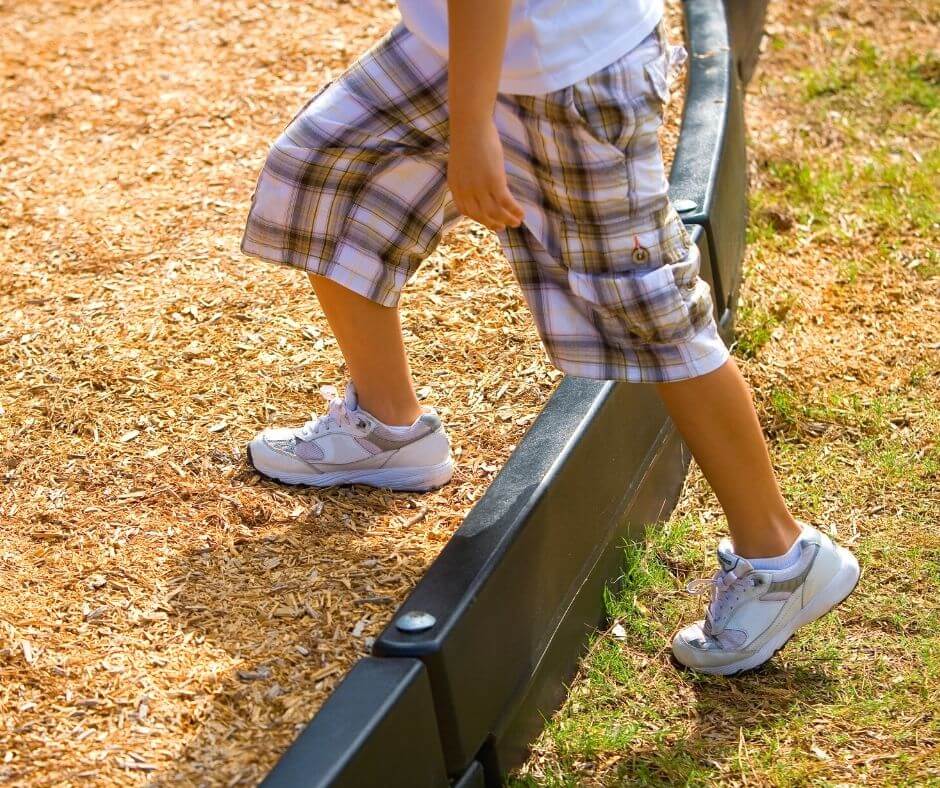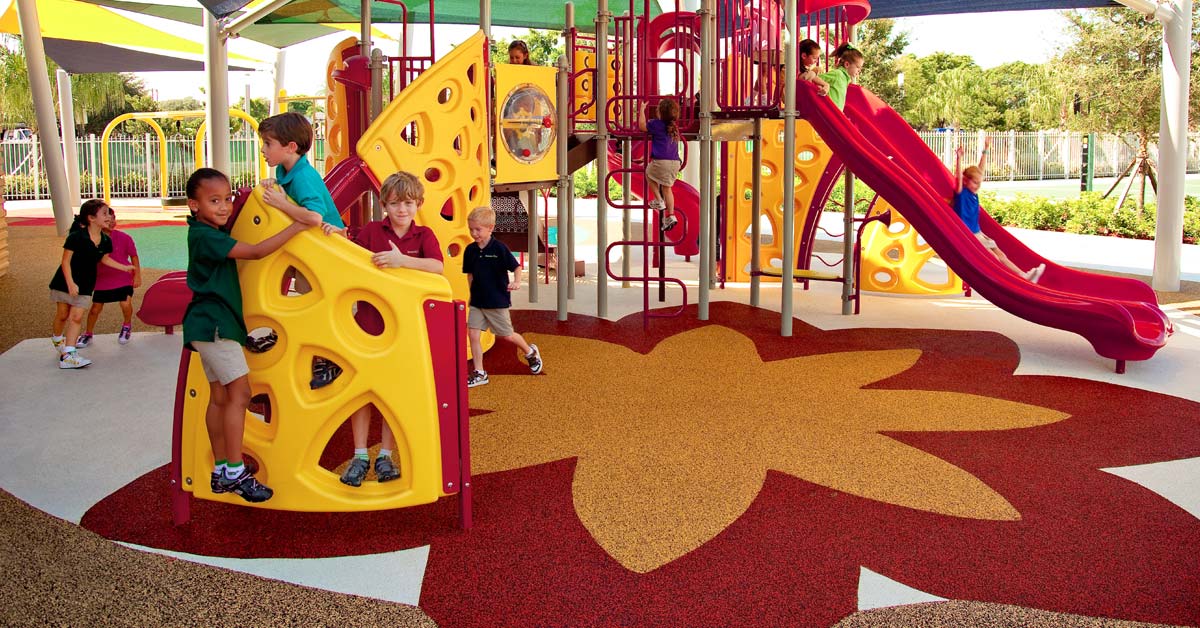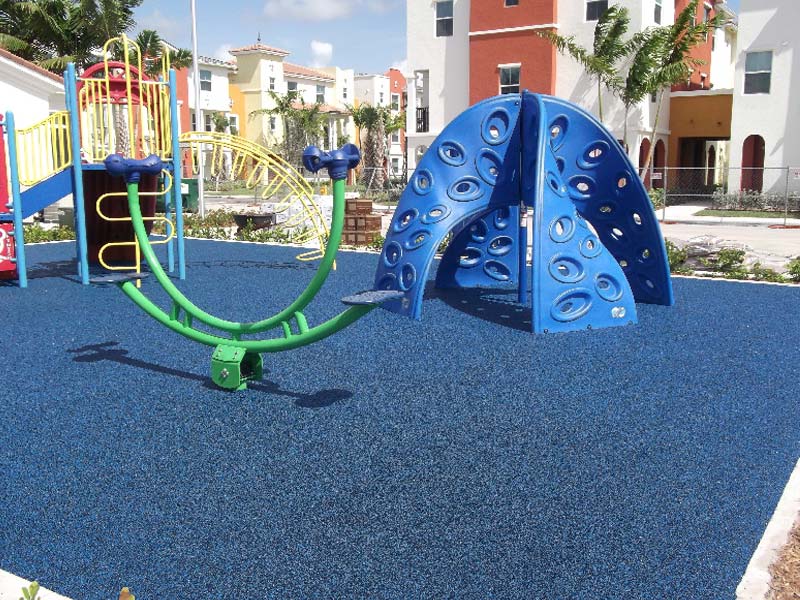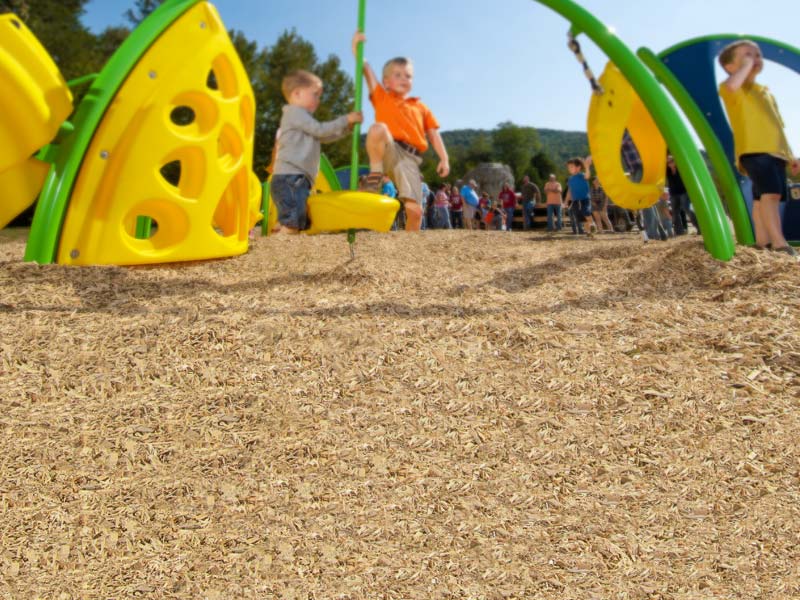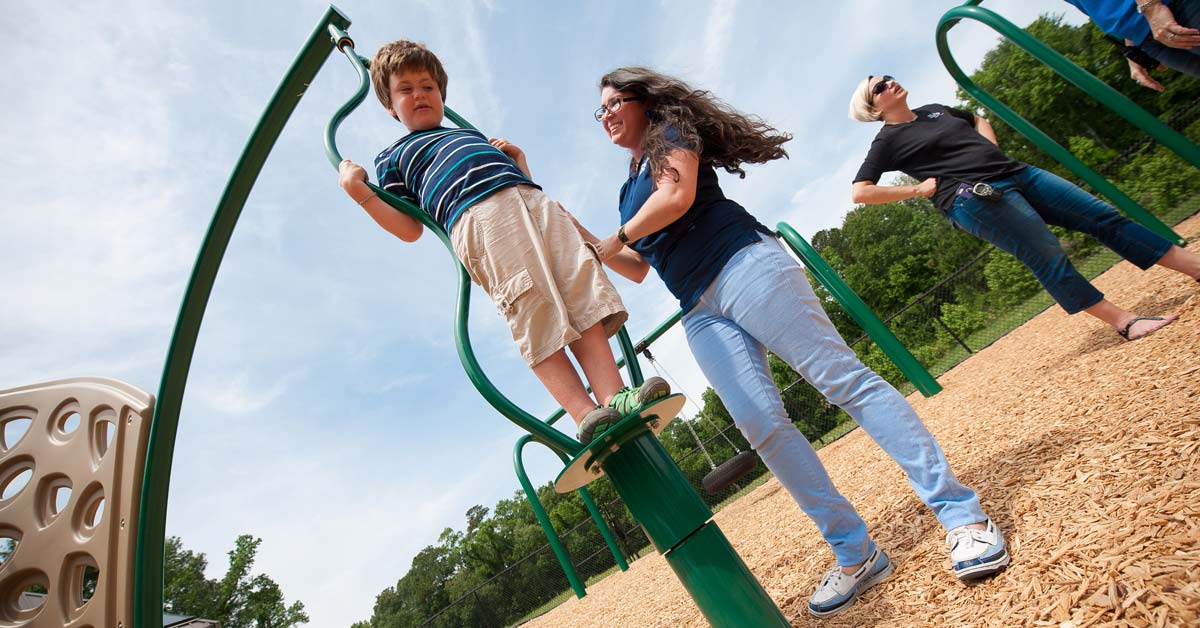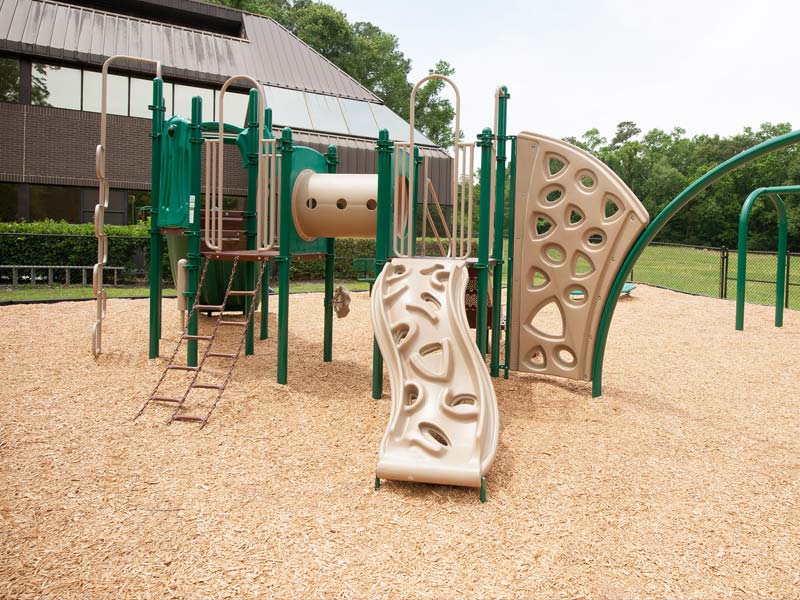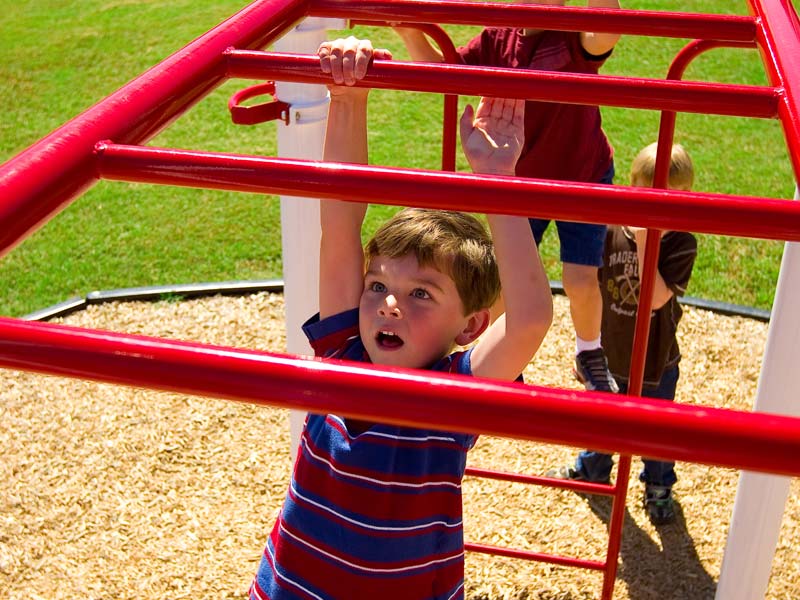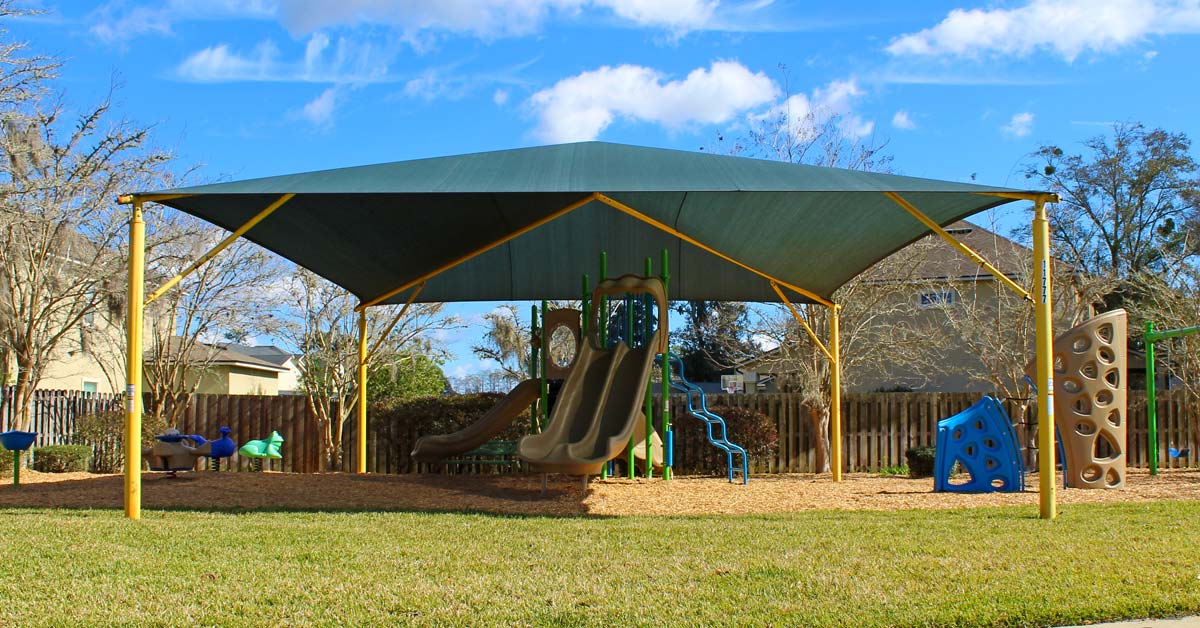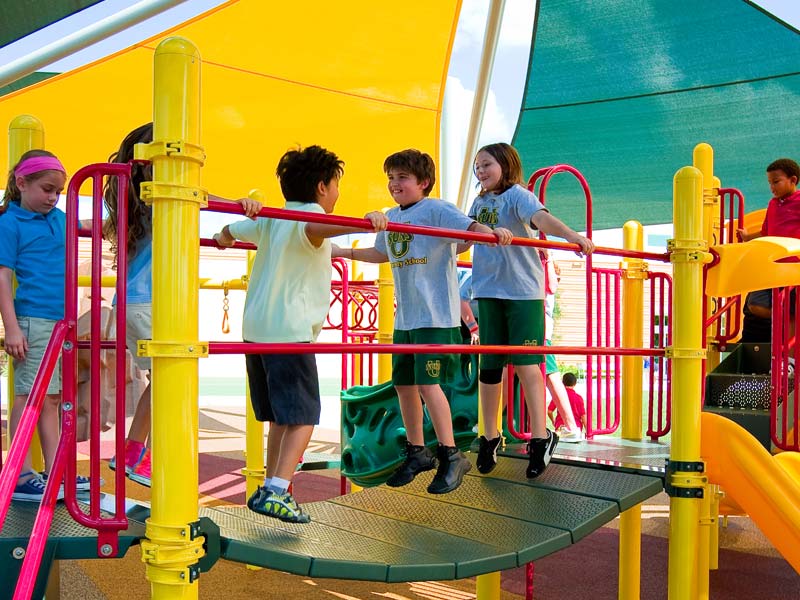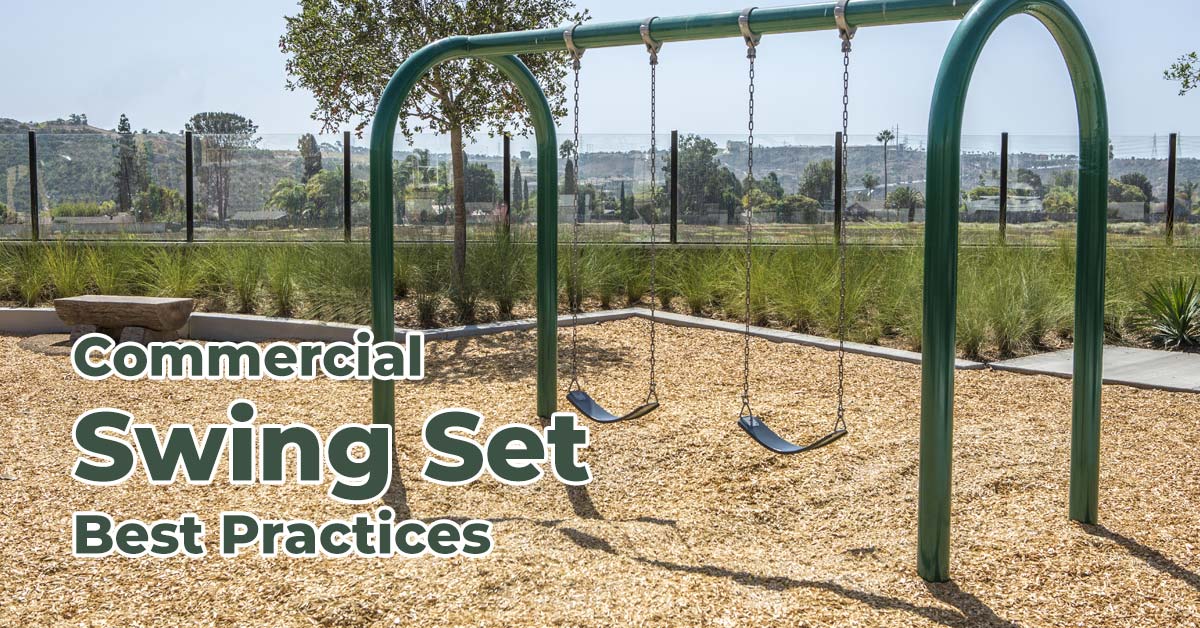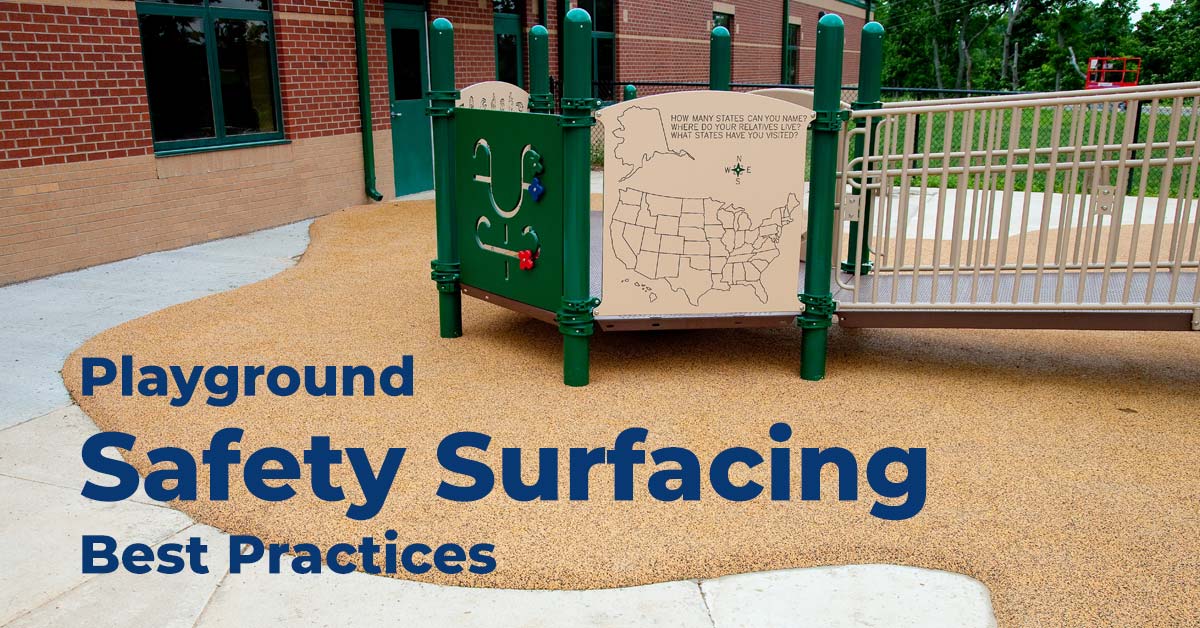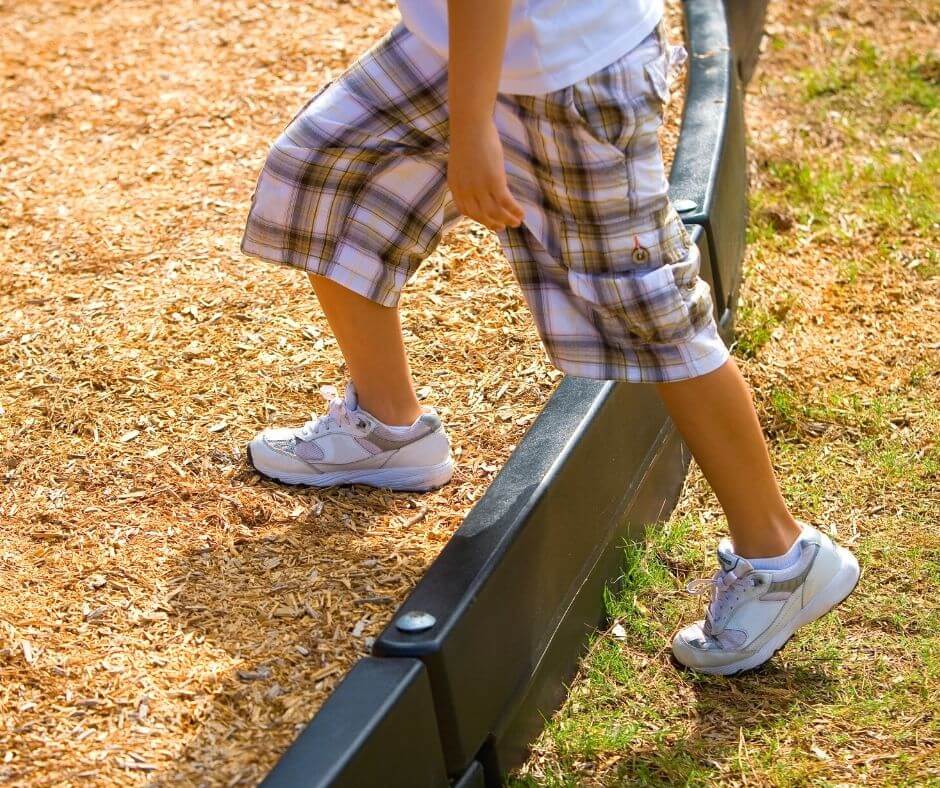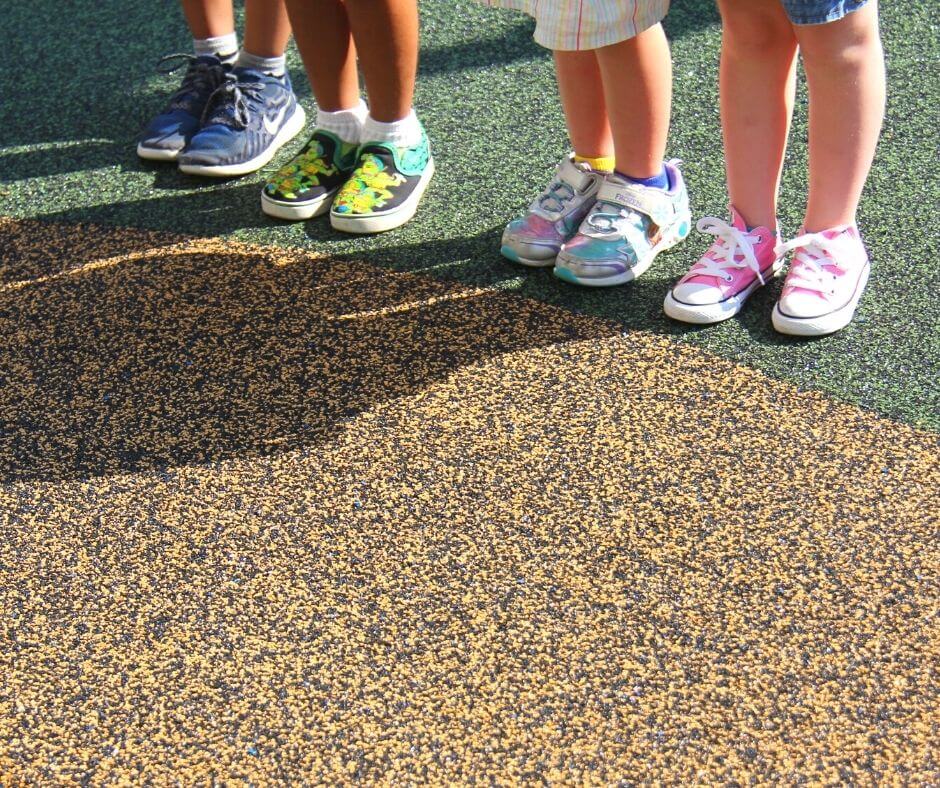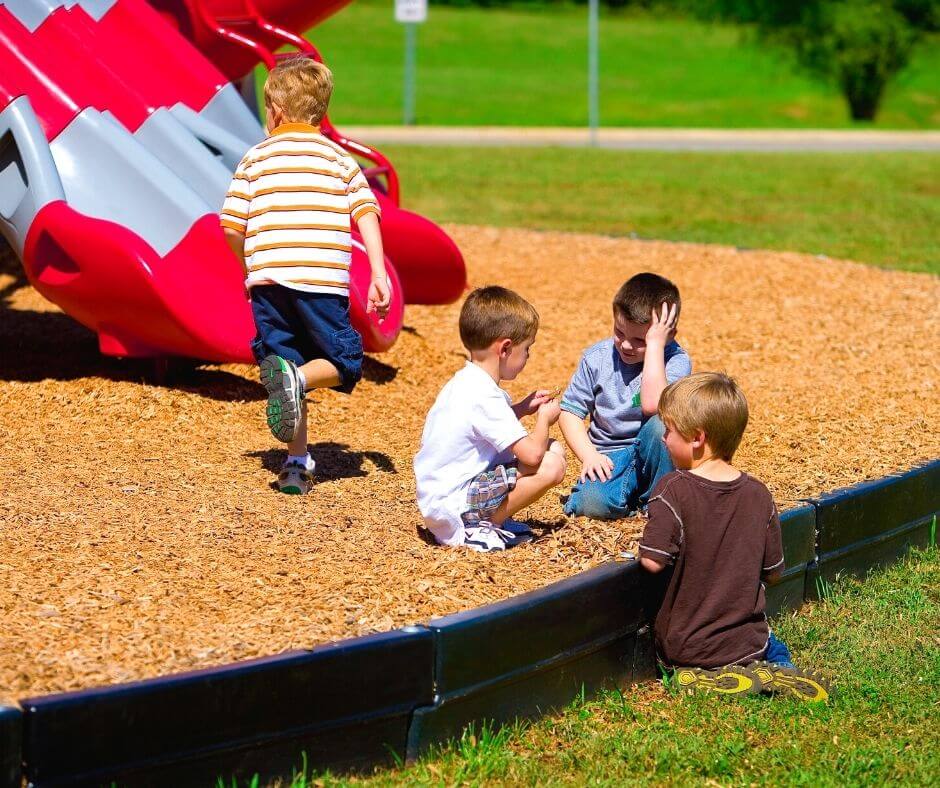Evaluating Playground Safety
Playground safety should be a primary factor of your project planning. Playgrounds are designed to withstand everything the environment and children can throw at them but they still need TLC to help keep them safe. When your playground is first installed it should meet every current standard but regular maintenance is needed over time to ensure playground safety measures are in place.
Don’t Ignore the Small Stuff
Little nicks and gouges in the powder coating, divots in the rubber components and other small imperfections are all side effects of regular use and exposure to the elements and infrequently may be the result of vandalism. Once or twice a year, your playground should be inspected for these issues.
Catching these problems early on prevents further damage to your structure. Catching and treating these small issues can significantly extend the life and beauty of your playground. Repair damage to metal posts using the touch-up paint provided in your playground care kit.
Hint: always check for damage at welded joints where the paint is the thinnest. Small damage to thermoplastic coated decks can be repaired using a torch but you may want to have a professional handle the repair if you aren’t handy.
Double Check for Anything out of Place
Children are creative and love to decorate their favorite things. It’s not unusual to find strings, yarn or cord tied around bars or woven through equipment. Unfortunately, these little works of art can become tangled with hands, fingers and ankles. Always remove any strings or cloth you find as even the smallest pieces can be an entanglement hazard.
You will also want to look for anything sticking up out of the ground, particularly if you use a loose fill surface like rubber mulch. From tree roots to lost toys and broken sticks anything that doesn’t belong on the playground should be regularly removed. If you’re using a loose fill surfacing, go ahead and rake it all back into place.
Evaluate Your Site for Playground Safety
Take a moment to step back and look at your entire playground safety efforts. Is everything still level? Are there any dramatic dips or pot holes? Cracked concrete, misaligned borders and puddling away from equipment can be a sign that your subbase is washing away or that tree roots may be damaging your play surface. As with any problem the sooner you identify the issue the easier and more affordable the solution will be.
This is also an opportunity to take a look up. If your playground is near trees, it’s important to keep the branches trimmed back and away from equipment, at least 6 feet away. You should also look for damaged or dead branches that might fall onto the playground equipment or guests.
In previous blog posts we’ve discussed the importance of using proper surfacing and discussed what requirements need to be met to meet different material safety and design safety standards. For more information on playground safety, subscribe to our blog!
